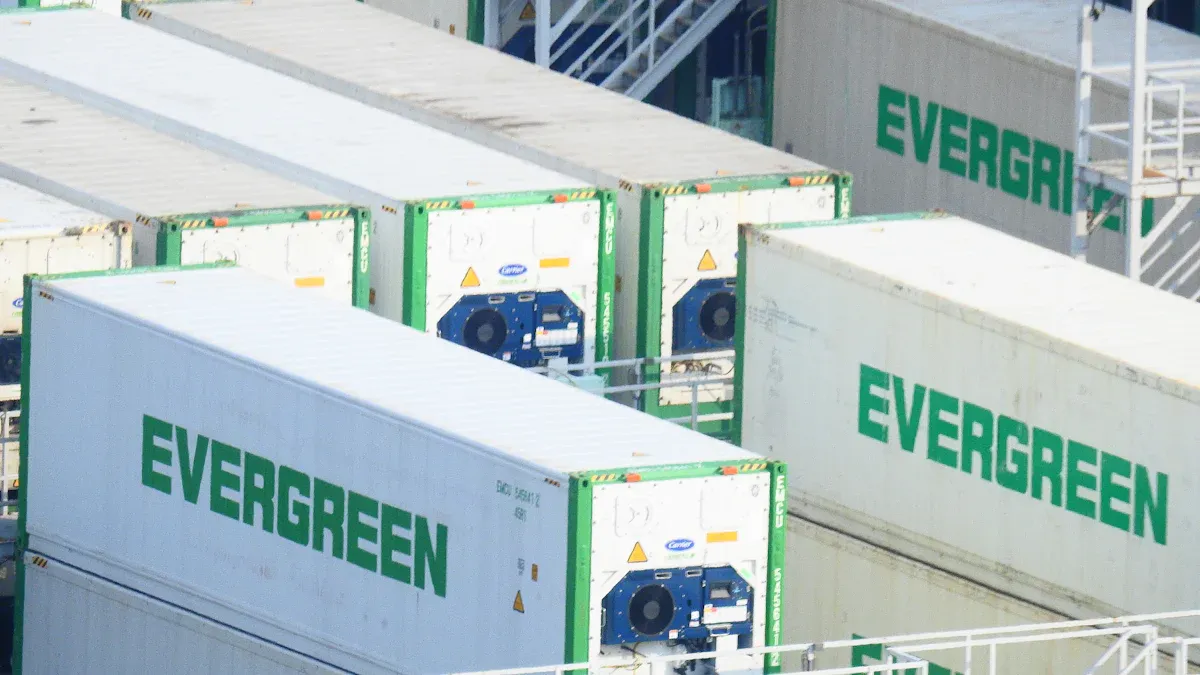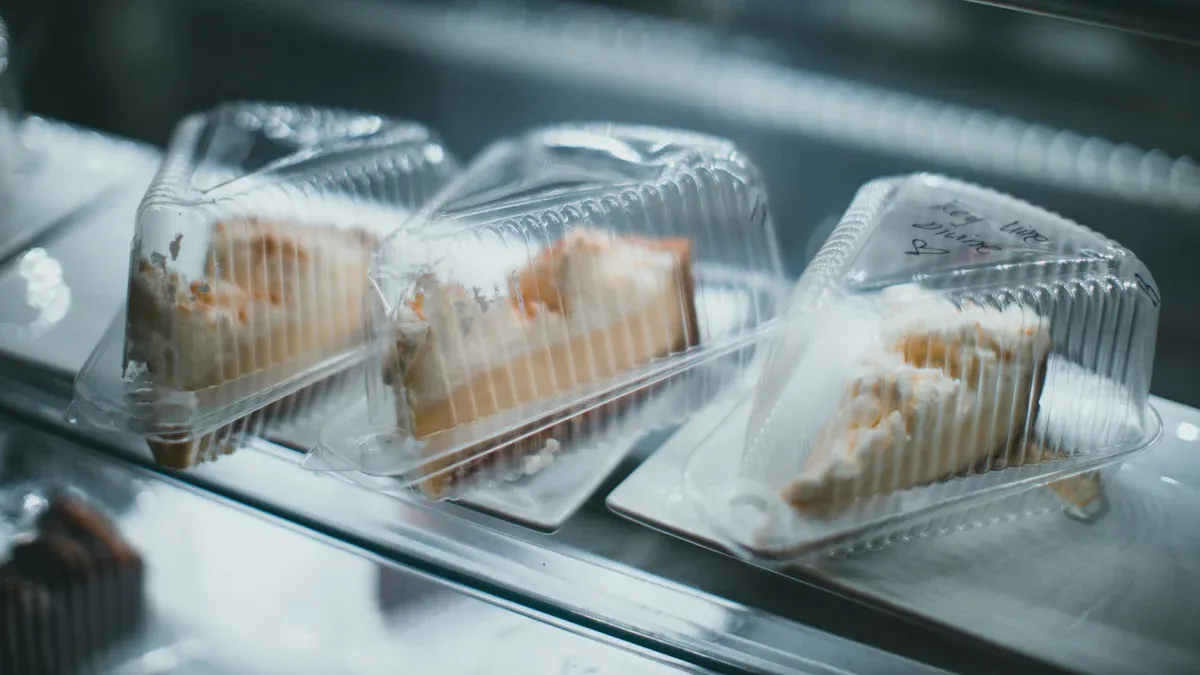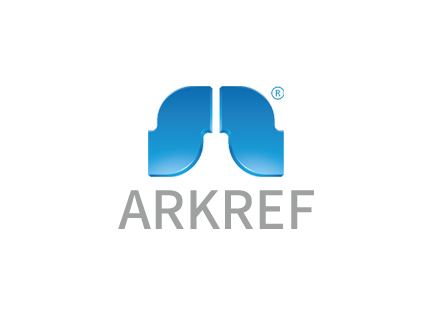What Is a Reefer Container and How Is It Used in Shipping

A reefer container is a special refrigerated box. It keeps cargo at the right temperature during shipping. People use reefer containers to move goods that need to stay cold or frozen. These containers stop products from getting too warm and going bad. Some things shipped in reefer containers are:
Seafood, vegetables, dairy, drinks, and medicines
Reefer containers are important in global shipping. They help keep temperature-sensitive cargo safe and good quality.
Key Takeaways
Reefer containers keep things cold or frozen during shipping. This stops food from going bad and keeps it fresh. They have cooling systems inside. They also have thick walls to keep the cold in. Smart sensors help control and watch the temperature closely. Reefer containers move food, medicine, chemicals, and other items. These items need special care for temperature. These containers help world trade. They let us move perishable goods far away safely. Always check the power supply to avoid problems. Keep the equipment in good shape so reefer containers work well.
Reefer Containers Overview

What Is a Reefer
People in shipping sometimes say "reefer." This means a refrigerated container. A reefer keeps things cold or frozen when moving them. It is made for items that need the right temperature. Inside, there are special cooling machines. These machines keep the temperature steady. The temperature can be from -18°C to +25°C. This stops things from spoiling and keeps them safe.
Reefer containers have thick walls and strong frames. They can travel far by ship, truck, or train. They have air flow, humidity control, and drains. These features help keep the inside perfect for your goods. Many businesses use reefer containers. Food, medicine, and chemicals are common cargo. These containers follow strict rules like ISO 9001. This makes sure they work well for shipping everywhere.
Note: New reefer containers use smart tools. You can watch your cargo with sensors and GPS. This lets you see where your goods are. You can check if the temperature is right.
How Reefers Differ from Standard Containers
You might wonder how reefers are different from regular containers. Regular containers do not cool the inside. They only protect things from rain and bumps. You cannot set the temperature in a regular container. So, you cannot ship ice cream, fruit, or medicine that must stay cold.
Reefer containers have built-in cooling systems. These keep the inside cold or frozen. The weather outside does not matter. You can choose the temperature for your cargo. Reefers have thicker walls than regular containers. This keeps cold air inside and blocks heat.
Here is a simple chart:
Feature | Reefer Containers | Standard Shipping Containers |
|---|---|---|
Temperature Control | Yes (refrigerated) | No |
Insulation | High | Low |
Cargo Types | Perishable, sensitive | General goods |
Power Supply | Needed for refrigeration | Not needed |
Monitoring Technology | Advanced (IoT, GPS) | Basic |
Reefer containers come in different sizes. The 20ft shipping container is very popular. It can hold lots of cold goods. It fits on ships, trucks, and trains easily. A 20ft shipping container is flexible and simple to use. Some people call it a 20-foot container.
Today, refrigerated containers use new technology. IoT sensors check the temperature and doors. GPS shows where your container is. Cameras and smart screens help keep your cargo safe. These smart tools make refrigerated containers important for cold chain shipping.
You can use refrigerated containers for many goods.
You know your cargo stays at the right temperature.
You can track and manage shipments with smart tools.
Reefer containers help move sensitive goods safely worldwide. They do more than just keep things cold. They give you control, safety, and trust in shipping.
Reefer Containers in Shipping
Role in Temperature-Controlled Shipping
Reefer containers are important in shipping. They help move goods that need to stay cold. These containers keep things at the right temperature. It does not matter if it is hot or cold outside. Food, medicine, and flowers often need this kind of shipping. Temperature-controlled shipping uses special containers to keep things fresh.
Reefer containers travel by ship, truck, or train. You can see them on special ships made for cold cargo. They have strong cooling systems inside. You can set the temperature for each trip. Some containers have sensors to check the temperature. This helps keep your goods safe. "Live reefers" means the container stays powered the whole time. This keeps your cargo cold from start to finish.
Tip: Always look at the temperature before you ship. This helps stop spoilage and keeps things fresh.
Cold Chain Logistics
Cold chain logistics is a way to move cold goods safely. You use refrigerated containers at every step. The chain starts at the factory and ends at the store. Each part uses temperature-controlled shipping. This keeps things fresh and safe.
Many products need cold chain logistics. These are fruits, vegetables, dairy, meat, and medicine. Chemicals and other goods also need it. Reefer containers are a big part of this system. You can trust them to move your cargo safely.
Here is a simple table to show how cold chain logistics works:
Step | What You Use | Why It Matters |
|---|---|---|
Factory | Refrigerated containers | Start freshness |
Truck/Train/Ship | Reefer containers, reefer ships | Keep goods cold |
Warehouse | Refrigerated containers | Hold temperature |
Store | Refrigerated containers | Deliver freshness |
Cold chain logistics helps move cold goods around the world. Reefer containers keep your products safe and fresh.
Refrigerated Containers: Features
Temperature Range and Control
Refrigerated containers keep goods at the right temperature. They can stay between -30°C and +30°C. This lets you ship frozen foods or fresh produce. You can also ship items that need warmth. You choose the temperature for each trip. The system keeps it steady. Sensors check the temperature all the time. If the temperature changes, the system fixes it. The control is very precise, usually within one degree. This protects your cargo from getting spoiled or damaged. Some containers have heating for very cold places. With this technology, you can ship goods safely in any season.
Insulation and Sealing
Refrigerated containers have thick insulation. The walls, floor, and ceiling use special materials. These block outside air. This keeps the temperature stable, even if the weather changes. The doors are strong and have tight seals. These seals stop air leaks and keep moisture out. Many containers are windproof and watertight. Rain, snow, or dust cannot get inside. Some containers use controlled atmosphere technology. These systems change oxygen and carbon dioxide levels. Your goods stay fresh longer in these climate-controlled spaces.
Power Supply
Refrigerated containers need a steady power source. You can plug them into outlets at ports or warehouses. On ships, you also use electric outlets. When moving by truck or train, they use diesel generators. These keep the cooling system running. Some containers use energy-saving technology. Smart tools help you watch energy use. This helps you plan shipping costs. Reliable power keeps your containers working everywhere.
Tip: Always check the power supply before shipping. This keeps your refrigerated containers running and your goods safe.
Temperature-Controlled Shipping: Cargo Types

Food and Perishables
Reefer containers help keep food fresh when shipping. They protect things like fruits, vegetables, dairy, meat, and seafood. You can ship bananas, berries, and greens without them going bad. The cooling system keeps the right temperature inside. You choose the best temperature for your cargo. Sensors check the temperature and warn you if it changes. This helps you send fresh food with less worry.
Tip: Check the temperature before loading food. This helps keep food fresh and good.
Reefer containers also move drinks and frozen foods. They keep ice cream hard and milk cold. The insulation and seals stop outside air from getting in. Your customers get the freshest products.
Pharmaceuticals and Medical Goods
Reefer containers are used for shipping medicine and medical goods. Medicines, vaccines, and devices need the right temperature. Some must stay cool, others need to be frozen. You keep these items safe from heat or cold. Cold storage keeps vaccines safe on long trips. You can ship insulin and blood samples without worry.
Here is a table that shows how reefer containers help with medical cargo:
Product | Needed Temperature | Why Freshness Matters |
|---|---|---|
Vaccines | 2°C to 8°C | Keeps medicine working |
Insulin | 2°C to 8°C | Stops it from going bad |
Blood samples | 1°C to 10°C | Makes sure tests are right |
You keep medicine and samples safe on every trip. Reefer containers let you control the temperature for these goods.
Chemicals and Industrial Products
Reefer containers are also used for chemicals and other products. Some chemicals can change if they get too hot or cold. You need to keep these items at the right temperature. Reefer containers help move paints, glues, and lab samples. You set the temperature and watch it during shipping. This keeps your products safe and good.
Shipping perishable goods is not just for food. Chemicals and other sensitive things need protection too. You stop damage and keep cargo safe with reefer containers. Sensors and smart tools help you check temperature and freshness all the time.
Note: Always follow safety rules when shipping chemicals. This keeps you and your cargo safe.
Reefer Shipping: Benefits and Challenges
Advantages for Global Trade
Reefer containers have made global trade easier. Now, you can send fresh food and medicine far away. These containers keep things safe and fresh. A 20ft shipping container can move fruit or seafood to other countries. This helps farmers and businesses sell in new places.
There are many good things about using refrigerated containers:
You can set the temperature, humidity, and lights. This keeps food safe and fresh.
You can pick crops when they taste best. This means better flavor and more vitamins.
You waste less food. Less food goes bad during shipping.
You use less packaging and make less pollution.
You can track your cargo with smart tools. This helps keep the cold chain strong.
You can use green cooling, like solar power. This is better for the planet.
You can move goods by ship, truck, or train with the same container.
Refrigerated containers help you send top-quality products worldwide. Reliable shipping helps global trade and helps your business grow.
Common Challenges
There are some problems with reefer containers. They always need power. If power stops, the temperature changes fast. This can ruin your cargo. You must check the power before and during shipping.
Refrigerated containers need regular care. Cooling systems can break if not checked. You should use smart tools to find problems early. Sometimes, it is hard to find enough 20ft shipping containers when it is busy.
Here is a table that shows common problems and ways to fix them:
Challenge | Solution |
|---|---|
Power loss | Check power supply often |
Equipment breakdown | Use predictive maintenance |
Limited container supply | Plan and book early |
High energy use | Use energy-saving technology |
You must follow safety rules for chemicals or medicine. Some goods need special care. You should always watch the temperature and humidity. Smart sensors in containers help you do this.
Reefer containers make shipping safer and better. You can trust them to protect your cargo, but you must watch for problems.
Reefer containers are important in shipping today. People use them to move food, medicine, and chemicals safely. These containers help keep things fresh and stop spoilage. When picking a refrigerated container, check the temperature range. Look at the insulation and power supply too. You should think about problems like losing power or fixing equipment. If you know how reefer containers work, you can choose the best one for your shipping.
FAQ
What is the main purpose of a reefer container?
A reefer container keeps things cold or frozen when shipping. This helps stop food, medicine, and chemicals from going bad or getting ruined.
How do you power a reefer container during transport?
You plug the container into electric outlets at ports or warehouses. On trucks or trains, diesel generators give power. This keeps the cooling system working and your cargo safe.
Can you adjust the temperature inside a reefer container?
You pick the temperature for each shipment. The cooling system holds it steady. Sensors watch the temperature and warn you if it changes.
What types of goods need reefer containers?
You use reefer containers for fruits, vegetables, meat, seafood, dairy, medicine, vaccines, and some chemicals. These things need special temperatures to stay fresh and safe.
How do you monitor the condition of your cargo?
You use smart sensors and GPS to check temperature and location. Alerts tell you if there is a problem. This helps keep your goods safe while they travel.
See Also
Real World Examples Of ARKREF CO2 Transcritical Systems
Complete Overview Of ARKREF CO2 Transcritical Refrigeration
Comparing ARKREF CO2 Transcritical And Traditional Refrigeration
Three Key Advantages Of CO2 Refrigeration Over Traditional
Comparing Container Cold Rooms With Conventional Cold Storage

